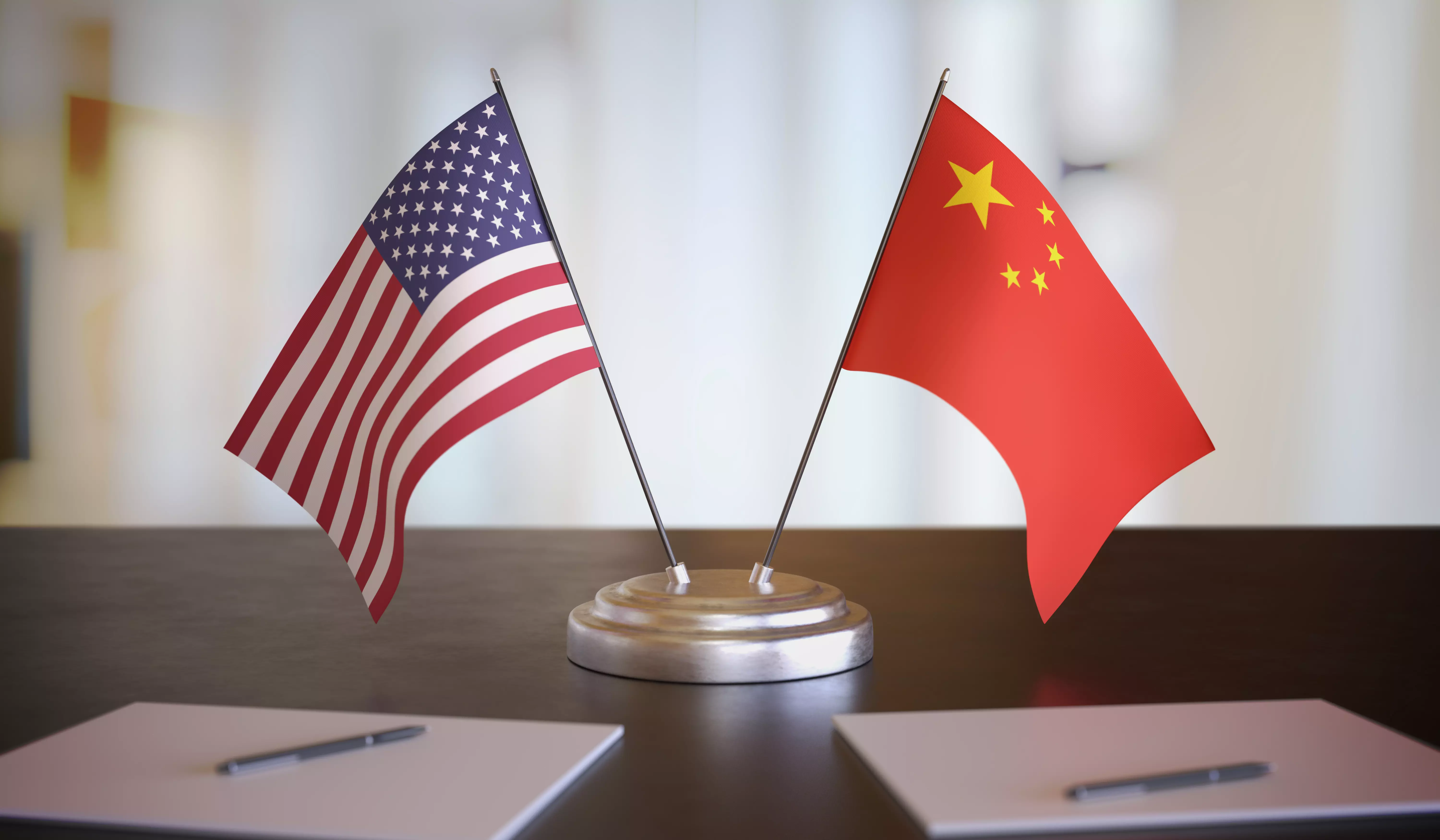China 2024: Military standoff with India ends in Ladakh, long freeze over

Beijing: It was a breakthrough year in India-China ties after a near freeze in their ties for over four years – the longest since the 1962 war – with an agreement to end the eastern Ladakh military standoff. After "amassing of a large number of troops by China along the Line of Actual Control (LAC) in Eastern Ladakh" in April-May 2020, as External Affairs Minister S Jaishankar said in a recent statement in Lok Sabha, resulting in the Galwan valley clash in June 2020, there had been a breakdown in the relations between the two Asian giants.
The post-1962 war chill lasted till the then Prime Minister Rajiv Gandhi's visit to Beijing in 1988.
This time, the two countries held periodic talks between the top commanders and through the Working Mechanism for Consultation and Coordination (WMCC), resulting in disengagement in stages from four points -- the Galwan Valley, the Pangong Lake, Hot Springs, and Gogra -- in eastern Ladakh by creating buffer zones.
Finally, on October 21, India and China firmed up an agreement on patrolling and disengagement of troops along the LAC in eastern Ladakh at the remaining friction points of Depsang and Demchok.
The agreement led to the first structured meeting between Prime Minister Narendra Modi and President Xi Jinping on the sidelines of the BRICS summit at Kazan in Russia soon after, their first in five years.
Subsequently, Jaishankar met Chinese Foreign Minister Wang Yi on the sidelines of the G20 meeting in Brazil in November where they reached an understanding that the Special Representatives (SRs) and the Foreign Secretary-level mechanisms will be convened soon.
Constituted in 2003 to comprehensively address the vexed dispute of the India-China border spanning to 3,488 kms, the Special Representatives mechanism is headed by NSA Doval and Foreign Minister Wang.
Defence Minister Rajnath Singh too met his Chinese counterpart Dong Jun at the ASEAN Defence Ministers' meeting in Vientiane in Laos in November.
After the 23rd SR dialogue between Doval and Wang in December, the Ministry of External Affairs (MEA) said the extensive talks focussed on a "positive" direction for cross-border cooperation, including resuming the Kailash Mansarovar Yatra and border trade, while the Chinese side said a six-point consensus, including continuing to take measures to maintain peace at borders and promote healthy and stable development of relations, was reached between the two sides.
While there was no clarity from China on why it moved its troops near the LAC in 2020, equally puzzling is the timing for the agreement to bring down the border tensions with India, months ahead of the 75th anniversary of their diplomatic relationship.
But Beijing, in recent months, appeared to be mellowing down after its economy struggled to reverse its slowdown, weighed down by issues such as property crisis and rising unemployment.
Throughout the over four-year crisis, bilateral trade was not impacted. In fact, it continued to boom.
The bilateral trade, according to Chinese official figures, totalled USD 138.2 billion in 2023, with Chinese exports climbing to USD 122 billion and Indian exports to China standing at USD 16.2 billion. India's trade deficit with China amounted to USD 105.8 billion last year.
The trade deficit in the first six months of this year climbed to USD 41.89 billion, with Chinese exports totalling USD 50.35 billion against India's exports to China USD 8.46 billion, according to data from the Indian Embassy in Beijing.
In 2025, amid stubborn attempts by the US and EU to restrict Chinese exports with heavy tariffs, China looks to push its exports as well as investments in India, especially electric vehicles.
Experts here see the trade expansion with India, currently the fastest growing economy in the world, also as a new avenue to partly offset its likely damages in the Trump 2.0 era.
China also recalibrated its foreign, trade, and military policies ahead of this year's US Presidential elections, especially after President-elect Donald Trump vowed to enhance tariffs over and above what he imposed against China in his first tenure.
Officials here say there is considerable concern in Beijing that India-US relations under Trump's Presidency will pick up further momentum, especially the Quad grouping comprising the US, India, Australia, and Japan, which China perceives as an alliance aimed at containing it.
Besides India, China also sought to recalibrate frayed ties with Australia and Japan.
Meanwhile, as China marked 75 years of communist party rule, a crucial meeting of the ruling Communist Party in July adopted a resolution for comprehensive reforms to lift the sluggish growth by achieving socialist modernisation by 2035.
President Xi, who continued to crack the corruption whip on the ruling Communist Party and the military officials, asked them in January to turn the knife inwards and carry the anti-graft campaign without any mercy.
Xi's anti-graft campaign in the military has drawn global attention, which his critics say enabled him to consolidate his hold on power.
China also announced to raise its retirement age from January 2025 after its population dipped for a second consecutive year. The demographic crisis was further highlighted as China's marriage registrations in the first half of 2024 fell to a record low since 1980, not to mention the reduced number of kindergartens and drop in the number of children enrolled in them.
In June, Chinese spacecraft Chang'e-6 successfully touched down in the South Pole-Aitken Basin - the far side of the Moon, in the first endeavour of its kind in human history to collect samples from the rarely explored terrain and bring back the soil.
Meanwhile, Tibet and Arunachal Pradesh continued to be contentious issues as China celebrated the 65th year of its takeover of Tibet.
In March, the Joe Biden administration recognised Arunachal Pradesh as an Indian territory. Biden also signed into law the 'Promoting a Resolution to the Tibet-China Dispute Act' in July, triggering a sharp response from Beijing.
Next Story

